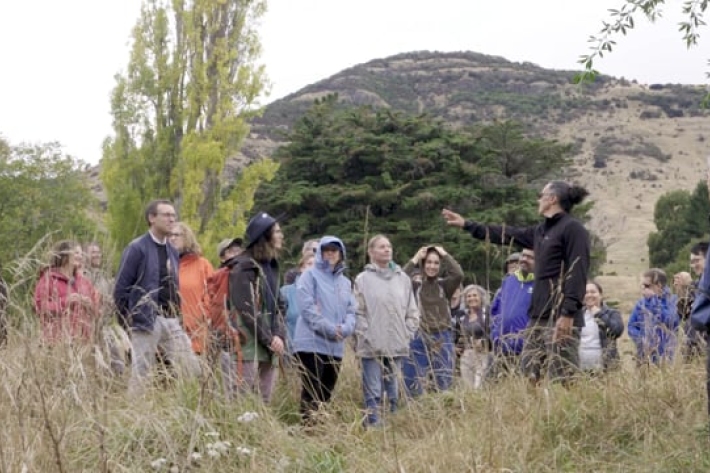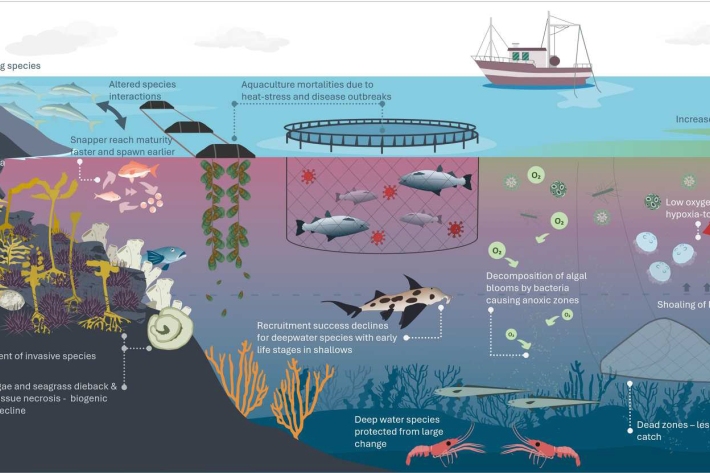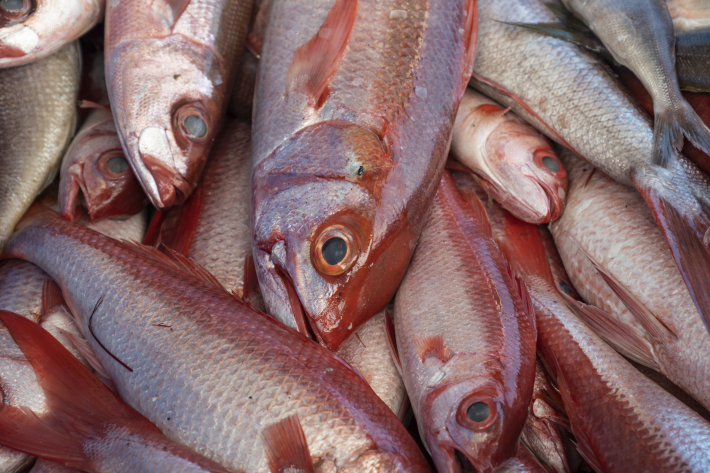-

Stream Health Monitoring and Assessment Kit (SHMAK)
NIWA’s Stream Health Monitoring Assessment Kit (SHMAK) gives land owners, iwi, school and community groups simple, scientifically-sound tools and resources to monitor the ecological health of New Zealand’s streams. -

Hotspot Watch 2 February 2023
Hotspot02 February 2023A weekly update describing soil moisture patterns across the country to show where dry to extremely dry conditions are occurring or imminent. -
TAN2302 voyage update - 2 February 2023
We are now halfway through our Antarctic mission and the past two and a half weeks have been marked by feelings of excitement, anticipation, and trepidation. -

Auckland suffers wettest month in history
Media release02 February 2023January was Auckland's wettest month since records began, according to meteorologists. The Central Auckland Rainfall series recorded a total of 539 mm of rain at Albert Park, smashing the previous monthly record of 420 mm from February 1869. -

Mā te haumaru ō nga puna wai ō Rākaihautū ka ora mo ake tonu
A NIWA-led research programme developing a system to map flood hazard consistently across the whole country. -

RiskScape software
RiskScape is a software application for analysing natural hazard consequences. -

Fisheries
Balancing the sustainability of our fisheries stocks and the impacts of fishing on the environment with the economic opportunities -

Fisheries & ecosystems
NIWA is determining the impact of fisheries on the aquatic environment. This will inform an ecosystem-based approach to fisheries management and the development methods to mitigate this impact. -

International fisheries
NIWA aims to develop and apply standardised methodologies to monitor and assess international fisheries outside the New Zealand EEZ and determine the environmental effects of fishing in these areas. -

Hotspot Watch 27 January 2023
Hotspot27 January 2023A weekly update describing soil moisture patterns across the country to show where dry to extremely dry conditions are occurring or imminent. Regions experiencing significant soil moisture deficits are deemed “hotspots”. Persistent hotspot regions have the potential to develop into drought. -

Climate and Māori Society
Research ProjectClimate has always been important for Māori. It affects natural environmental systems and resources, influences social-ecological knowledge and practice, shapes community vulnerability and resilience. -

TAN2302 voyage update - 26 January 2023
We are two weeks into the voyage and while we have yet to enter the Ross Sea we have already seen so much! We are onboard RV Tangaroa with a team of 20 scientists and 18 crew, including a ship doctor and ice pilot, heading for the Ross Sea to study ocean physics, food web dynamics, subseafloor fluid systems and benthic ecology.
